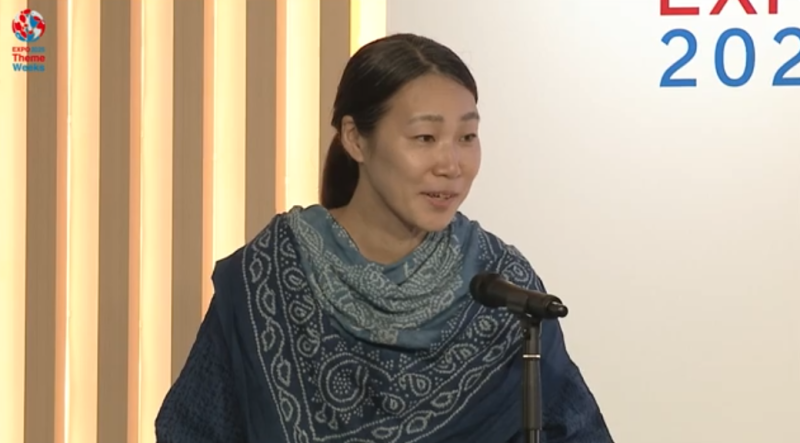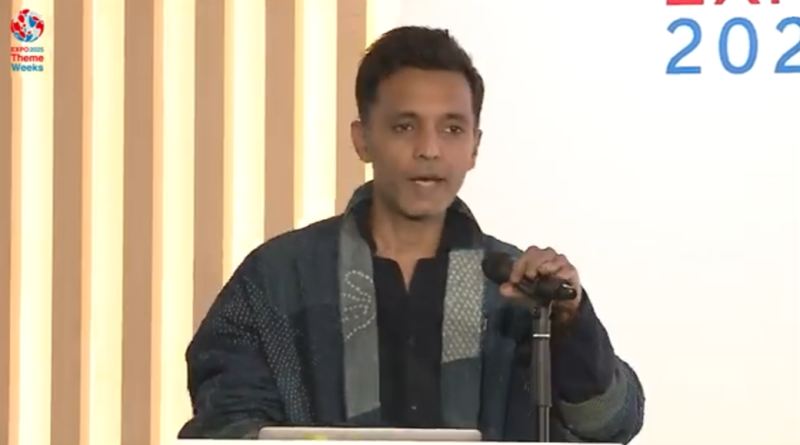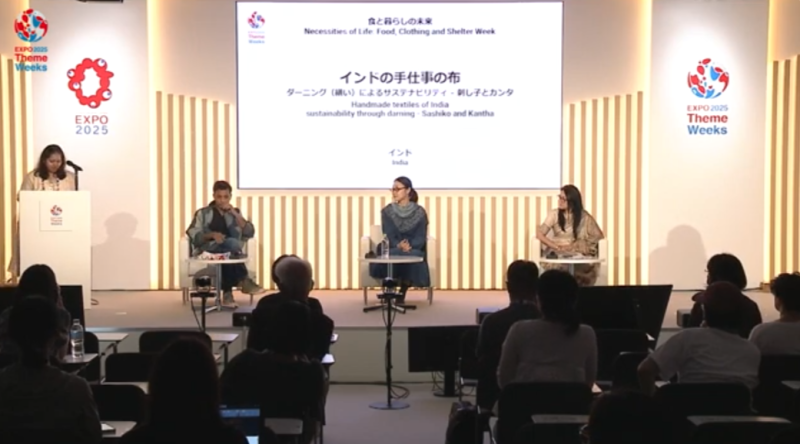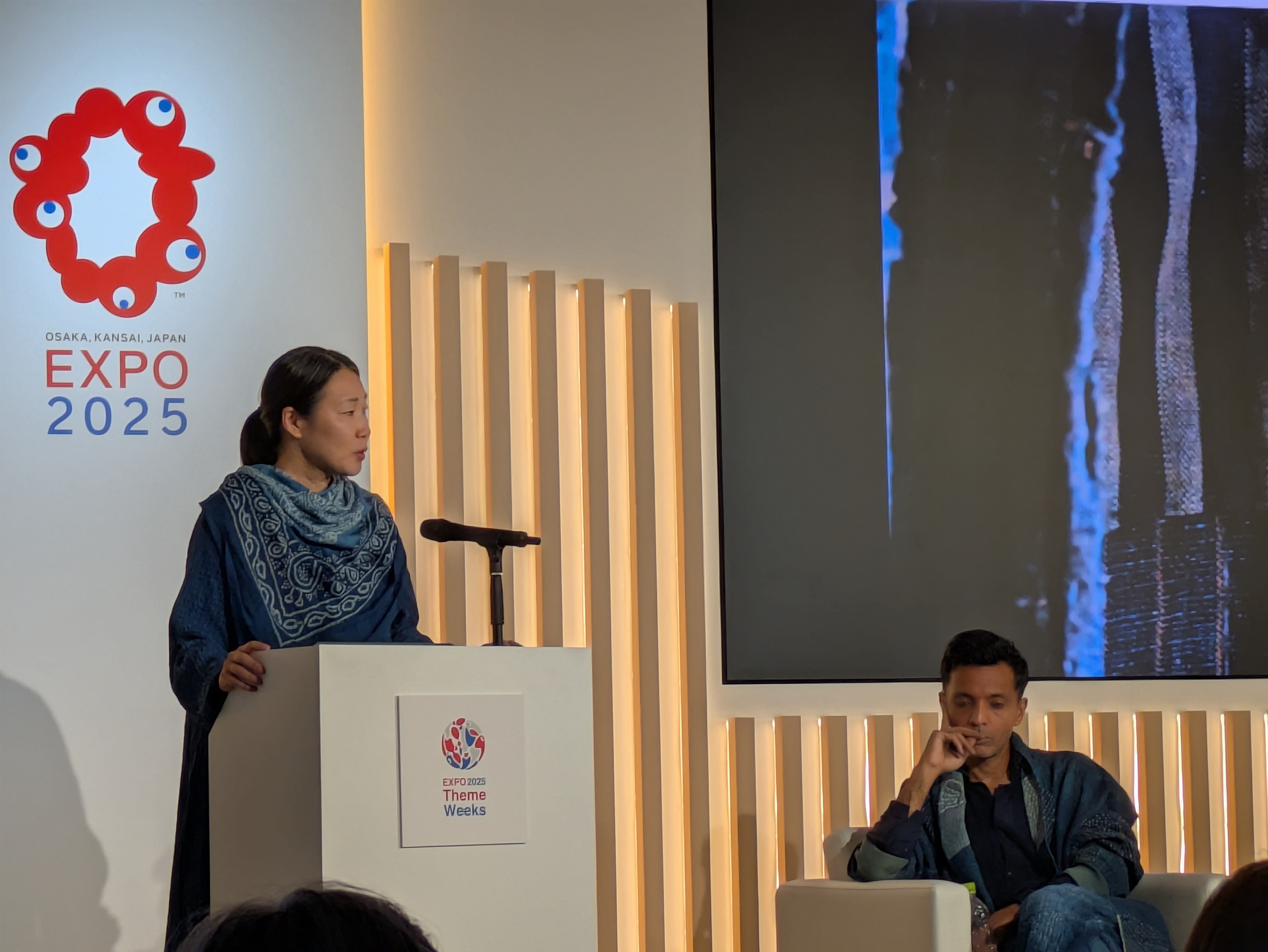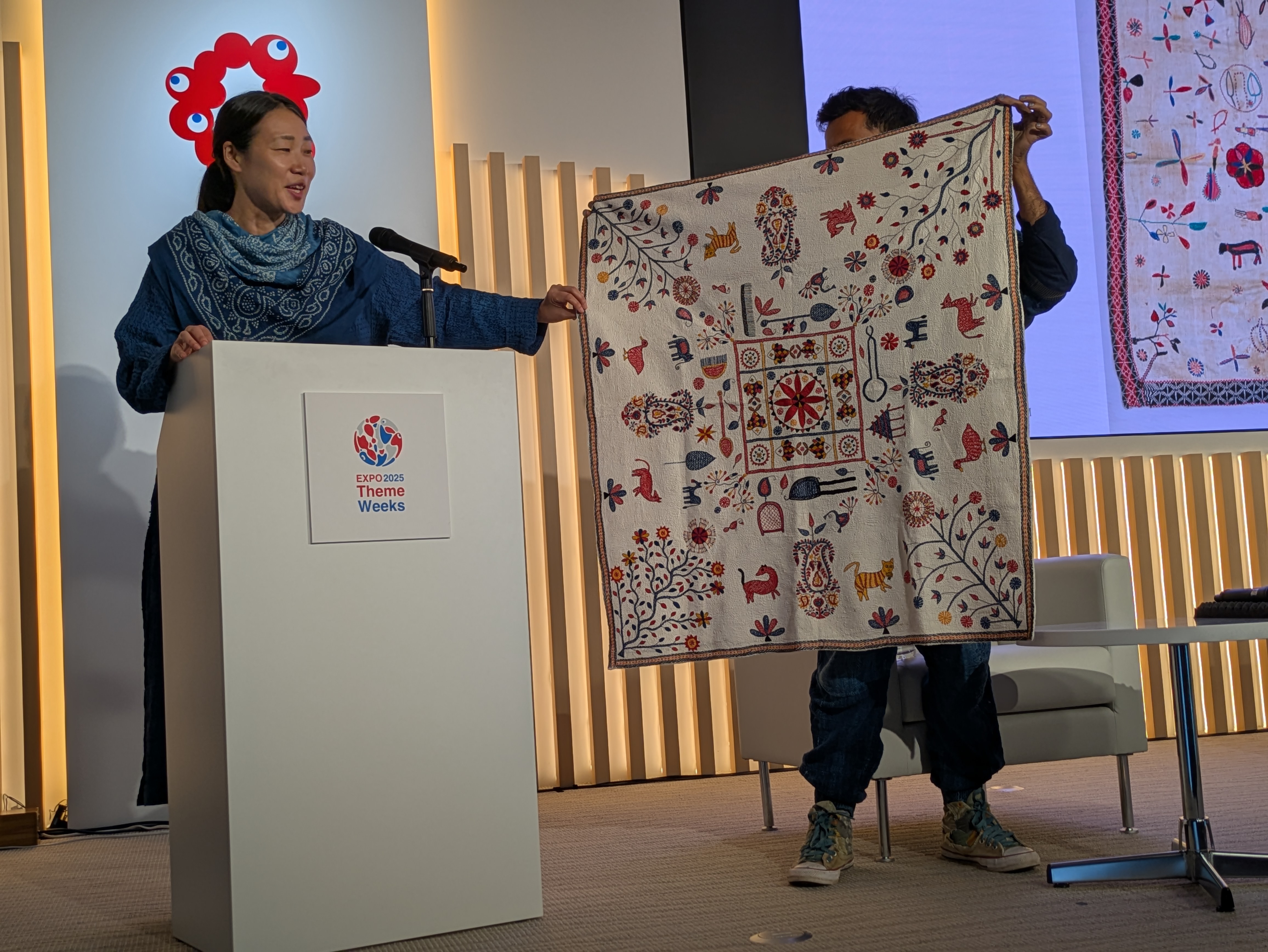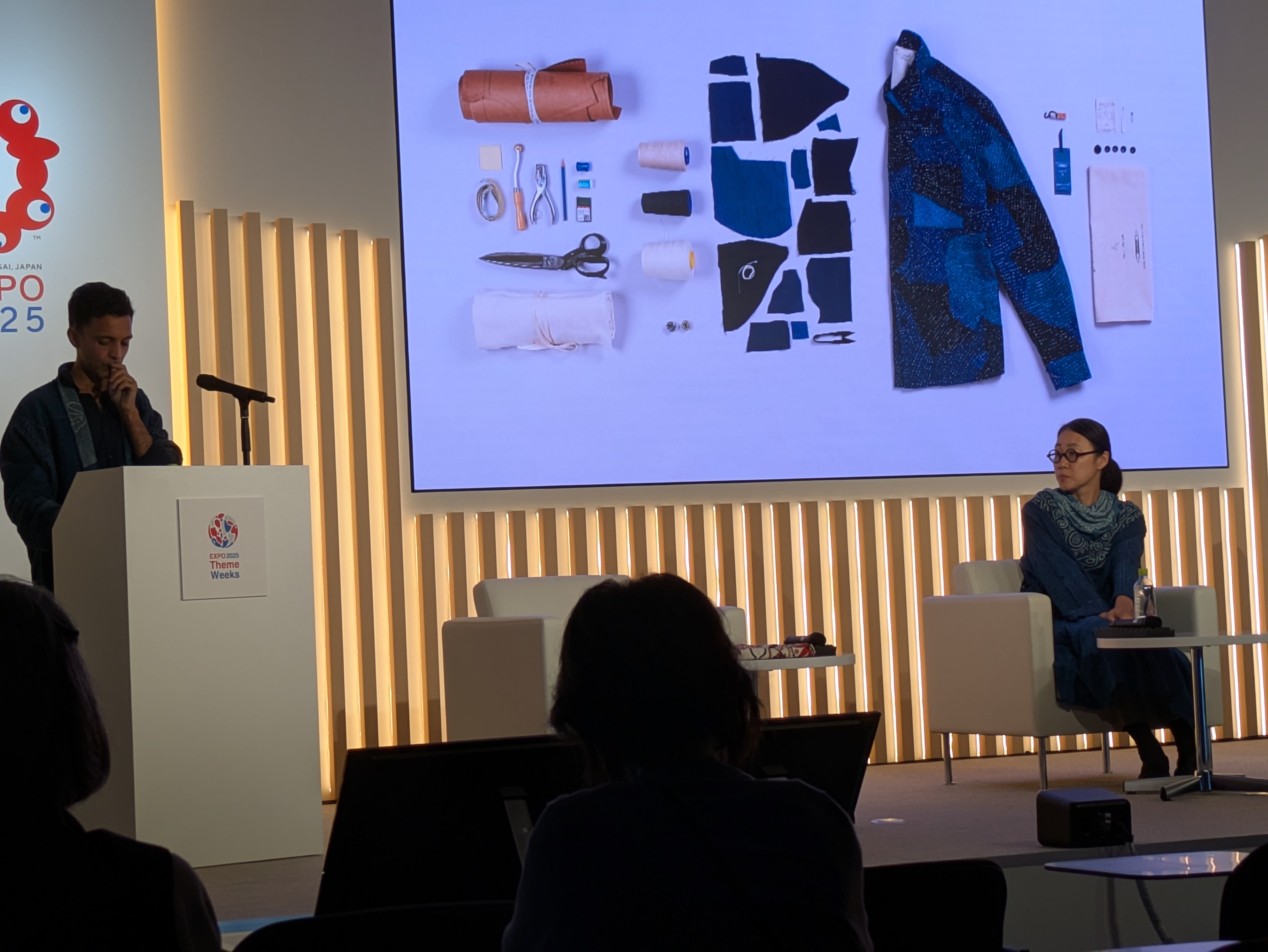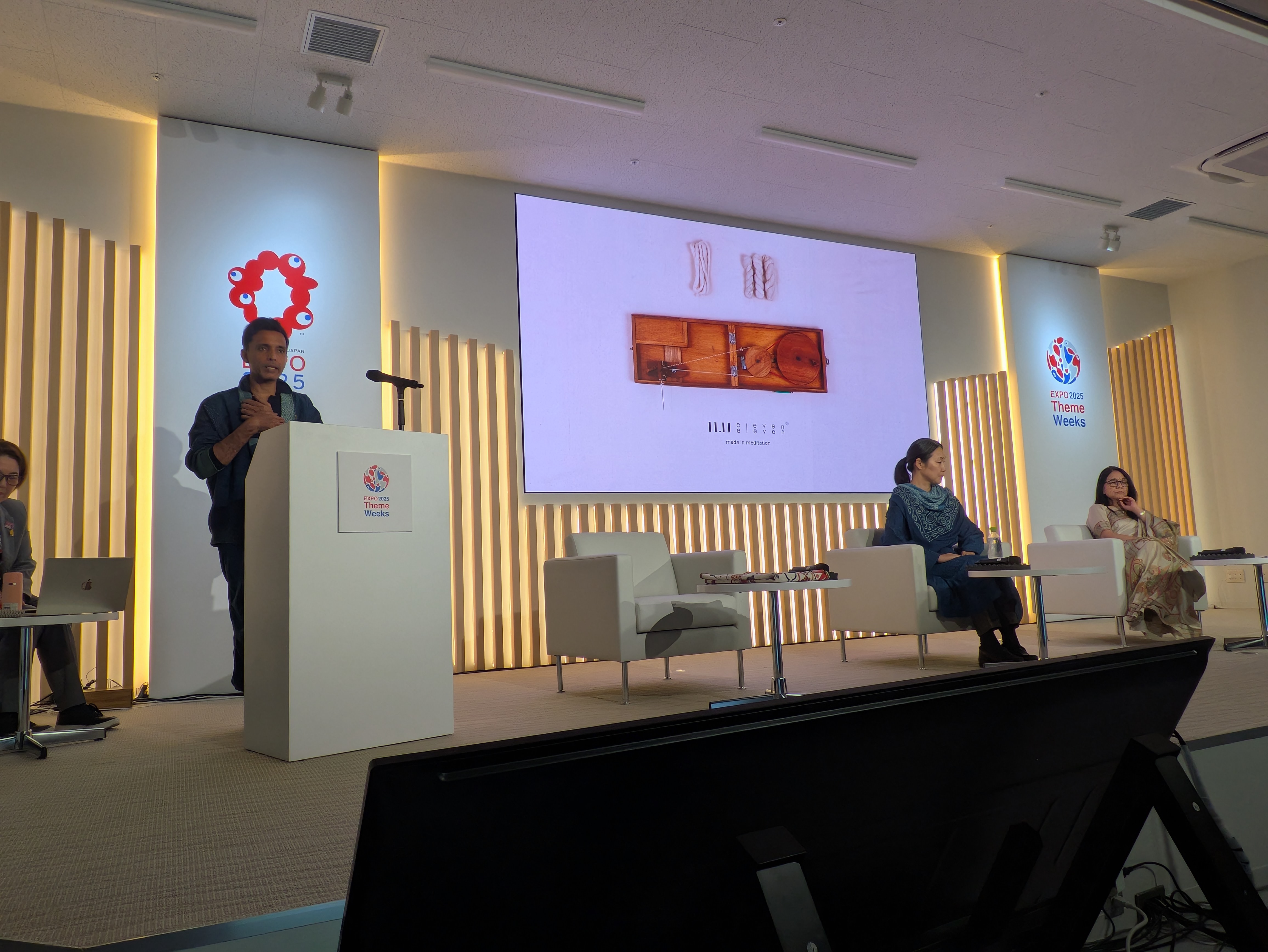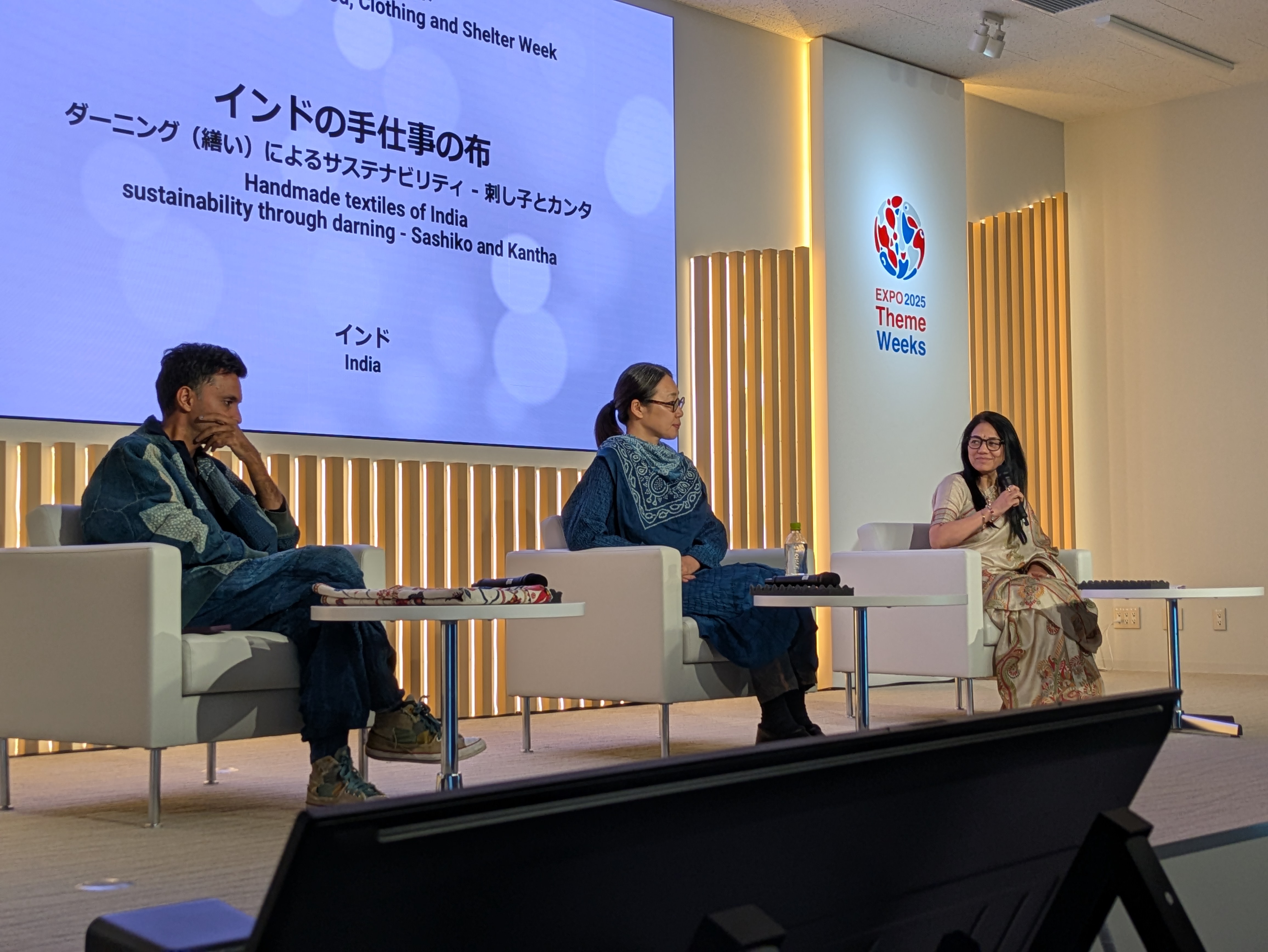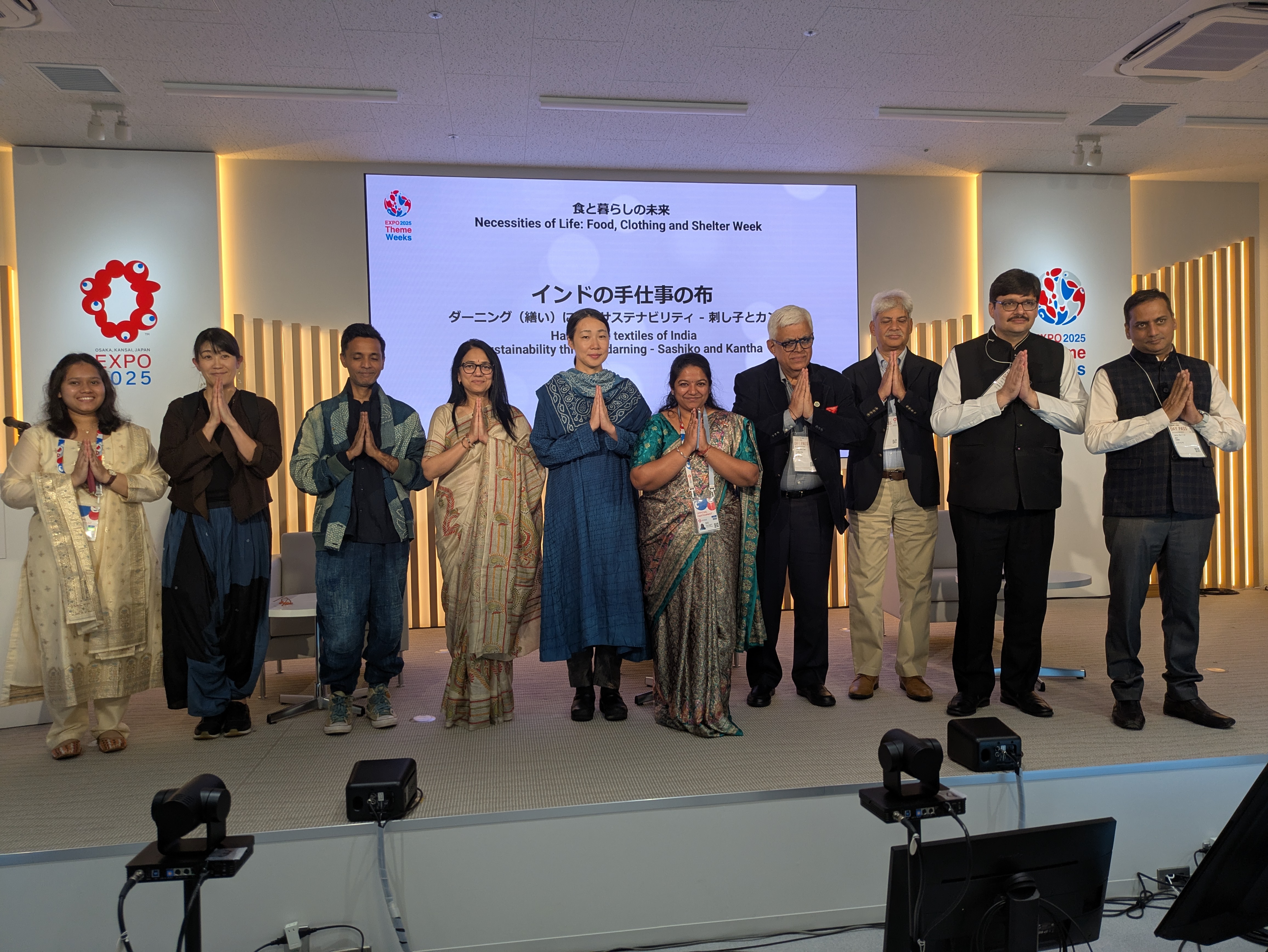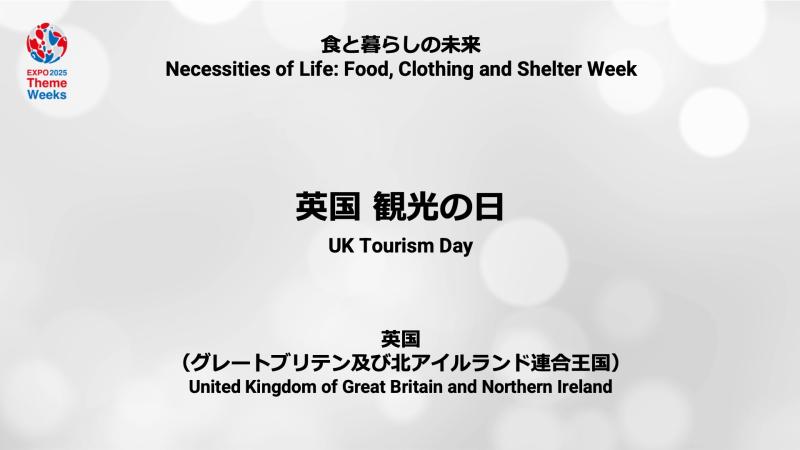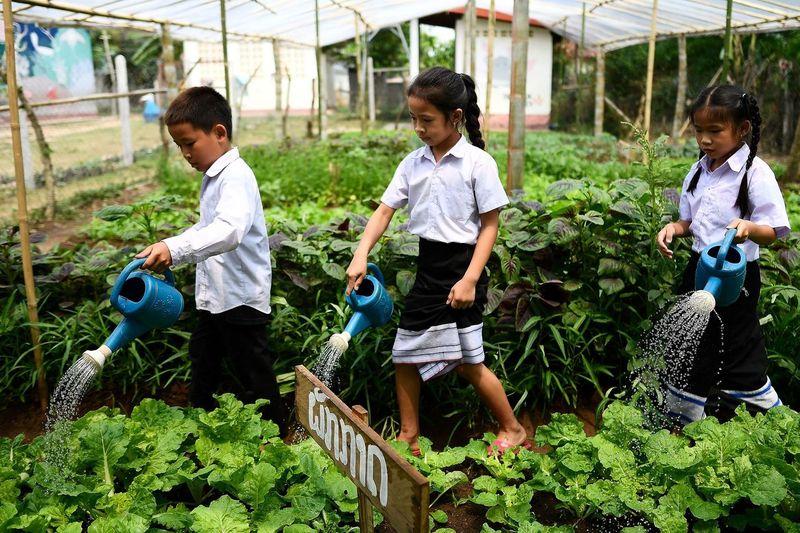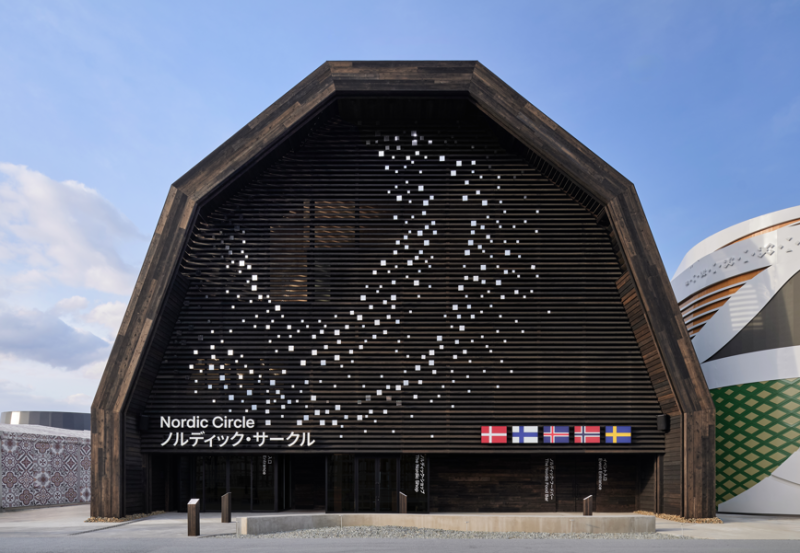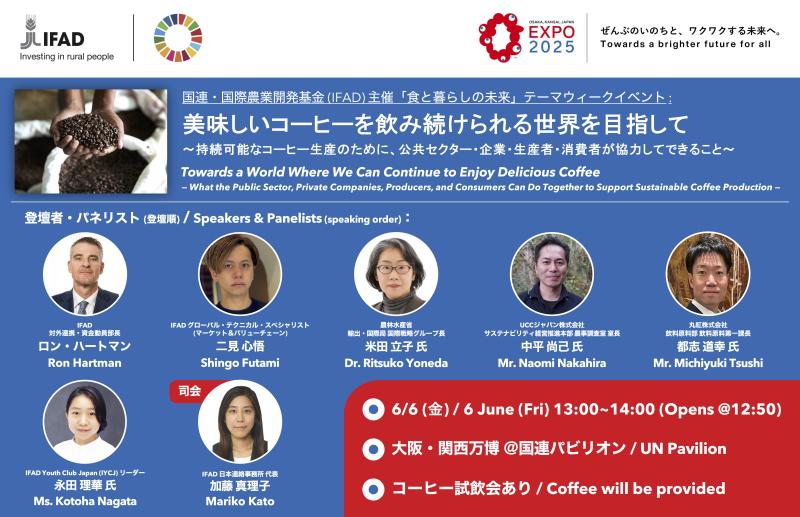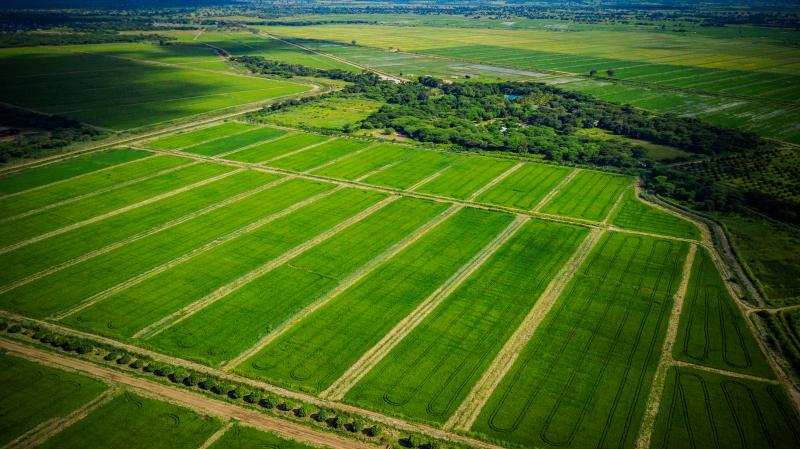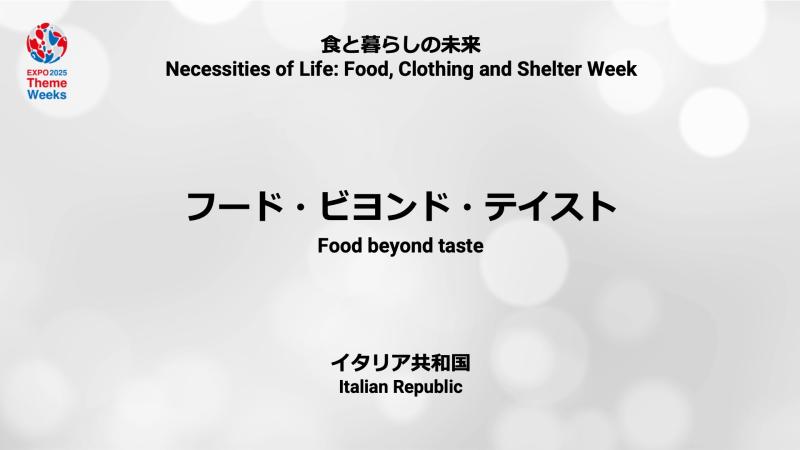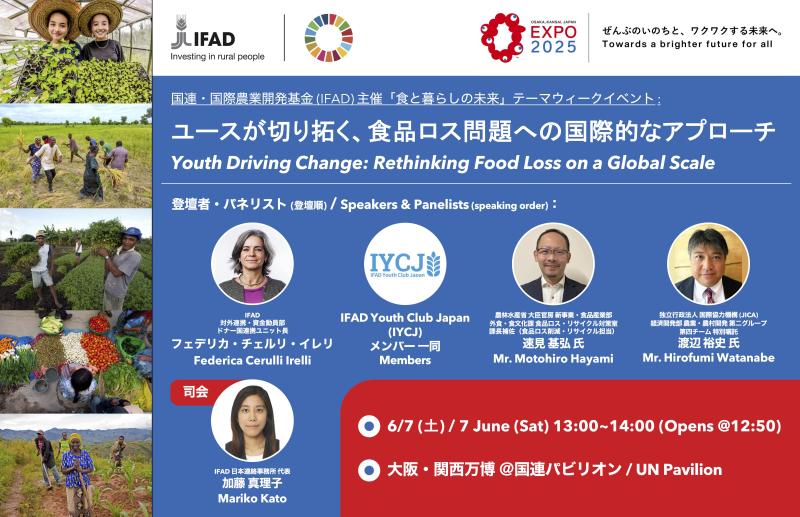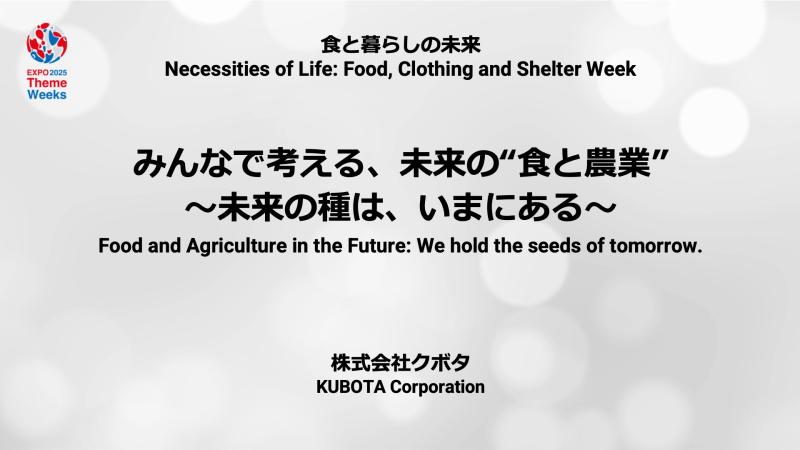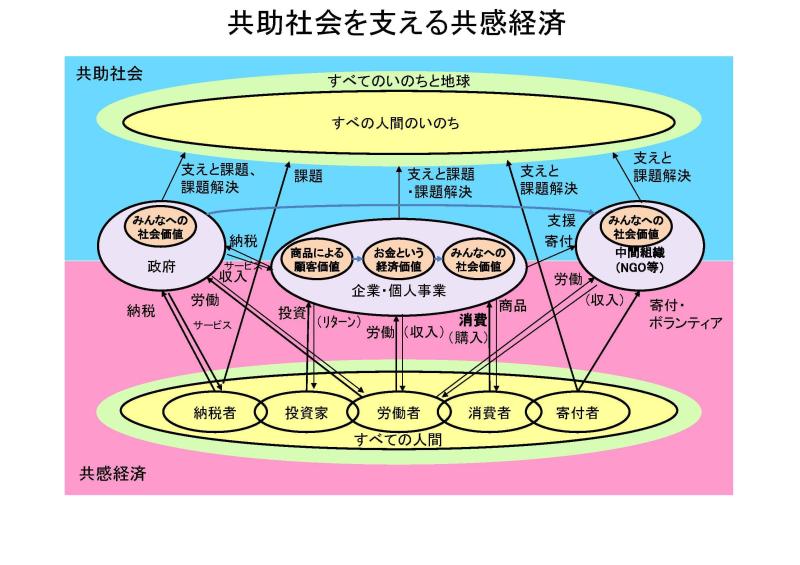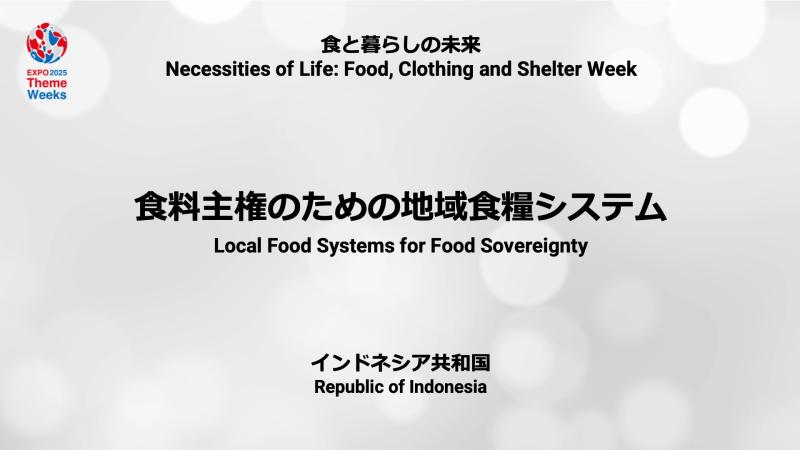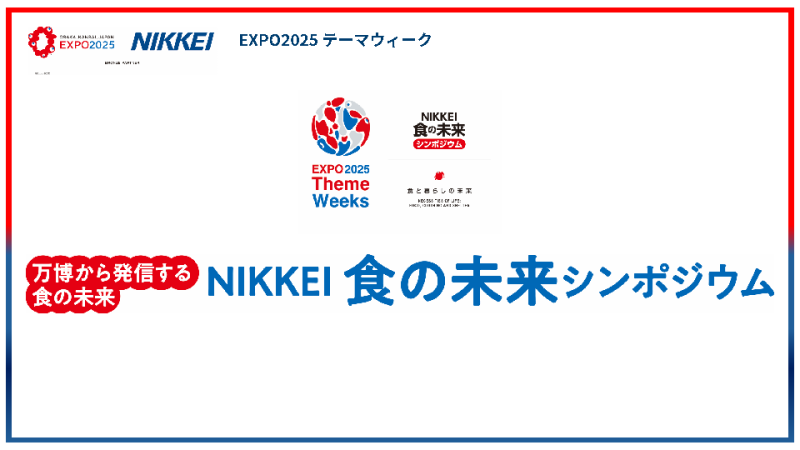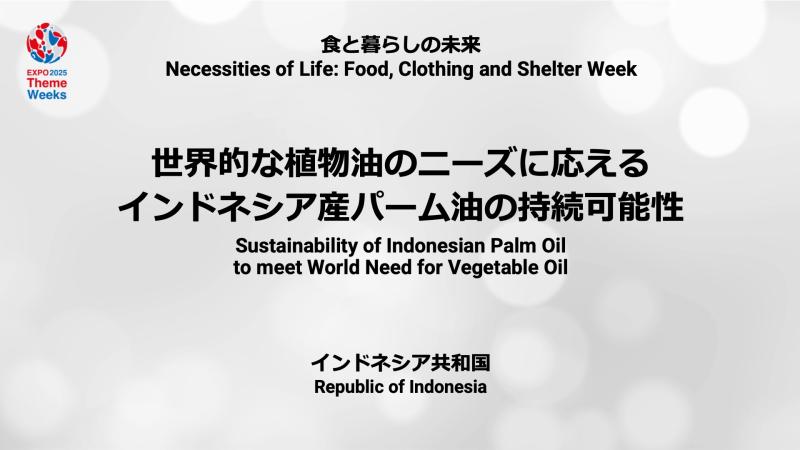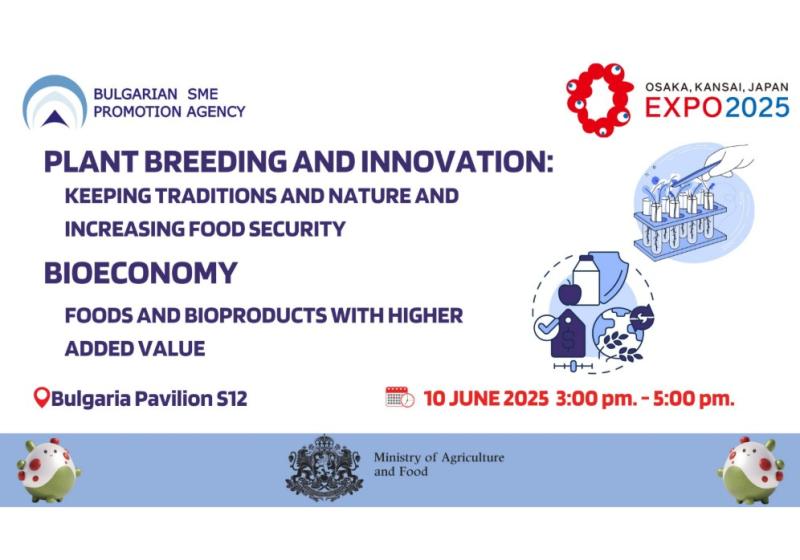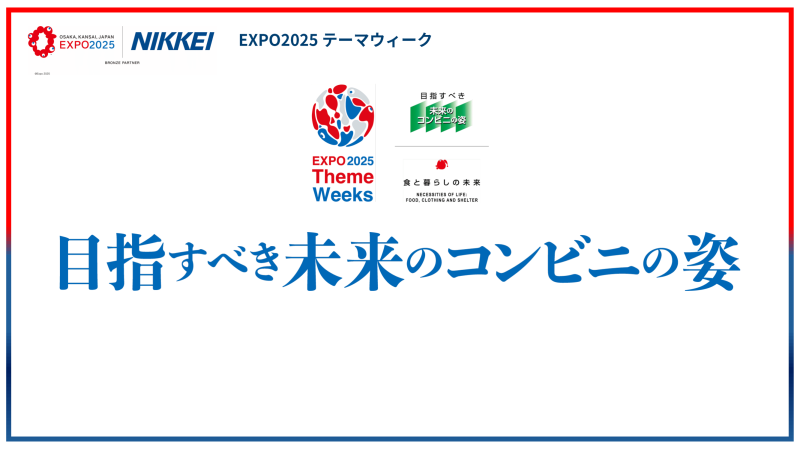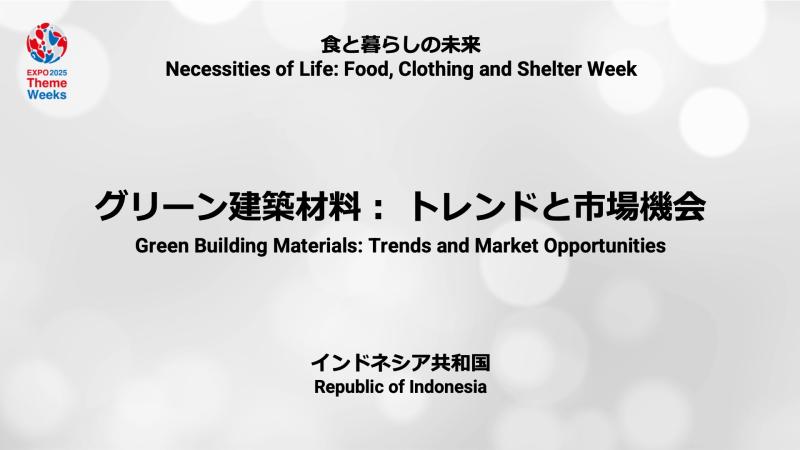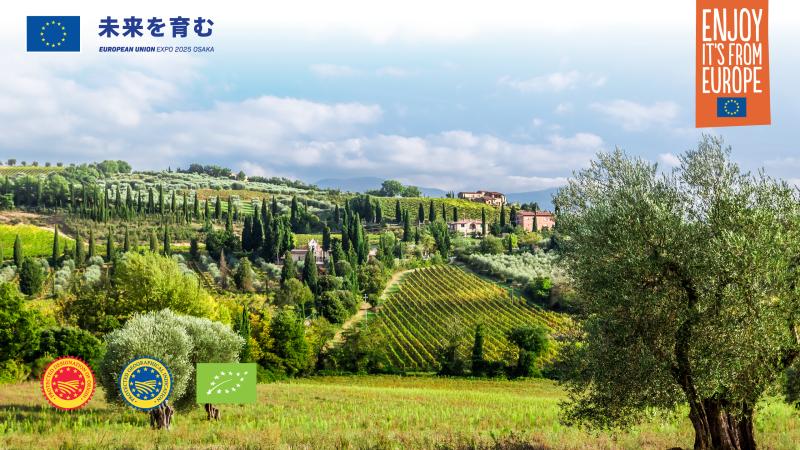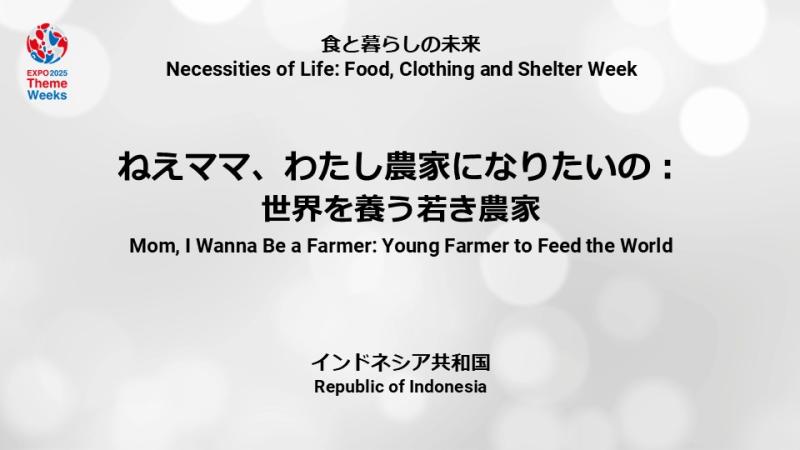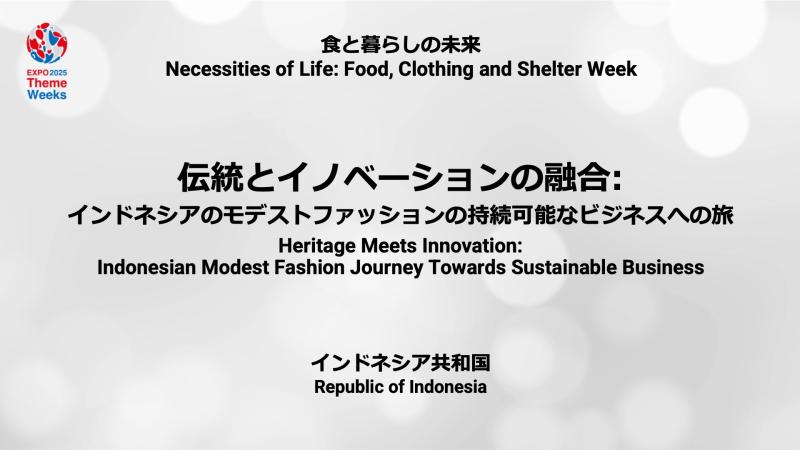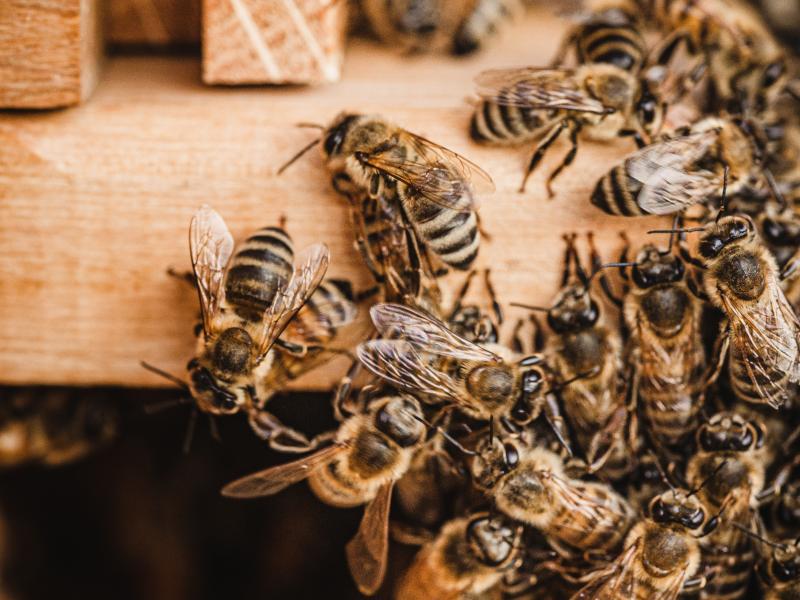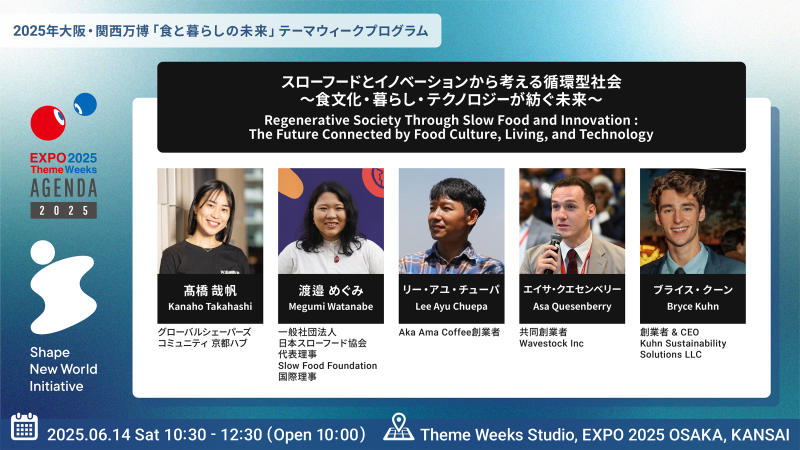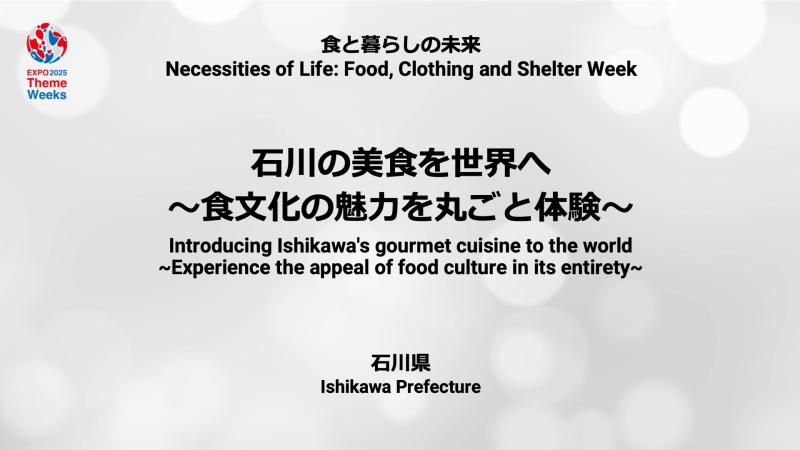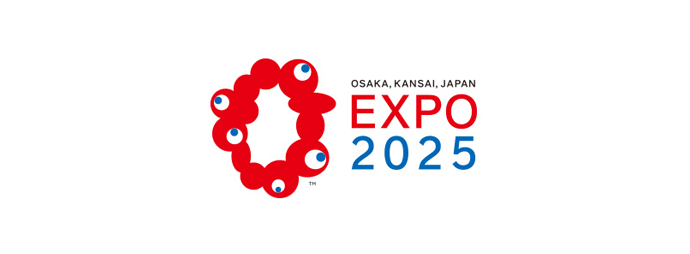Necessities of Life: Food, Clothing and Shelter Week
Handmade textiles of India-sustainability through darning-Sashiko and Kantha
India
A panel discussion on handmade textiles of India and Japan, focusing on Sashiko and Kantha, explored the cultural significance, techniques, and contemporary relevance of these traditional embroidery styles.
Recorded video available
Discussion
| Transmission of simultaneous interpretation | Provided |
|---|---|
| Language of interpretation | Japanese and English |
-
Track Programme
- Time and
Date of
the event -
-
2025.06.12[Thu]
10:00 ~ 12:30
(Venue Open 09:30)
-
- Venue
- Theme Weeks Studio
Programme details
*Subtitles: Choose “Subtitles/CC” in the “Settings” (gear icon) at the bottom right of the YouTube video.
*Subtitles may not show with multiple languages or overlapping audio.
Sashiko, a Japanese stitching technique, originated as a method of reinforcing fabric and creating warmth, using simple running stitches in geometric patterns. Kantha, from India, involves layering old fabrics and stitching them together with intricate, often narrative-based designs.
Experts discussed how both traditions emerged from sustainability practices, their evolution into contemporary fashion and design, and the role of artisans in preserving these crafts. The session highlighted cross-cultural influences and the need for innovation while respecting heritage.
Reports
【Reflection】
This panel discussion, titled "Handmade Textiles of India – Sustainability through Darning – Sashiko and Kantha," explored the cultural and sustainable significance of traditional embroidery practices in Japan and India. Ms. Fumie Kobayashi, President of CALICO, emphasized the deep-rooted philosophy and historical evolution of Japanese textile culture. She explained how Sashiko, a traditional mending technique, emerged from necessity and Buddhist ethics, using natural fibers and layered stitching to enhance warmth and durability, particularly in northern Japan.
She also highlighted striking parallels with India’s Kantha tradition, where reused fabrics are embroidered with personal or family stories, showing the shared values of reuse, respect, and storytelling through fabric. She also showcased beautiful kanthas from the collection of Ms Hiroko Iwatate from Iwatate Folk art Museum at Tokyo.
Mr. Shani Himanshu, co-founder of the fashion brand 11.11, presented a contemporary approach to sustainable fashion rooted in Indian craft traditions. His work incorporates indigenous handweaving, plant-based dyes, and zero-waste production methods. The brand also implements NFC chips to provide transparency from artisan to product.
He showcased how embroidery practices across India, especially from the Kutch region, such as the Rabari and Mutwa communities, are reinterpreted in modern fashion. His philosophy centers on minimalism, reuse of surplus materials, and celebrating India’s rich textile heritage in everyday wear. He gave examples of how they make use of all left over fabrics to create textile art.
Ms. Shubhra, Trade Advisor at the Ministry of Textiles, Government of India apprised the audience about the efforts made by the Government of India to attain sustainability in textile sector. She talked about the Panipat Cluster and also the deep rooted Indian sustainable practices of darning, mending and recycling textiles. She also talked about the similarities in Indian and Japanese culture, and the beauty of mending seen in Sashiko and Kanthas.
Together, all the three speakers illustrated how textiles function not merely as material objects but as vessels of narrative, cultural memory, and ethical practice. Sustainability here is portrayed not only as a technique but as a holistic, value-driven framework connecting past and present.
【Post EXPO Initiatives】
Envisaged by the Ministry of Textiles
Following the insightful panel at Expo 2025 on “Handmade Textiles of India – Sustainability through Darning – Sashiko and Kantha,” India is poised to further expand its commitment to sustainable textile practices and the preservation of traditional crafts. Mr. Shani Himanshu, co-founder of the fashion brand 11.11, outlined several forward-looking initiatives that will shape India's post-Expo trajectory in the textile and fashion sectors.
One of the primary focuses will be the continued development of sustainable fashion rooted in indigenous Indian practices. The brand 11.11, known for integrating traditional techniques such as handloom weaving, natural dyeing, and hand embroidery into contemporary design, plans to further scale its production while maintaining environmental responsibility. Their innovations, including the use of NFC chips for traceability from artisan to product and a strict zero-waste policy, are set to be expanded. These approaches not only appeal to environmentally conscious global consumers but also create systems that recognize and reward artisan labor with greater transparency and dignity.
The government and private sector stakeholders intend to support the traditional communities through training, digital access, and global showcasing opportunities, ensuring that these traditions continue to thrive in a rapidly changing world.
Moreover, inspired by the cross-cultural dialogues that took place during Expo 2025, particularly with Japanese artists and researchers, India aims to establish long-term cultural exchanges and collaborations. This includes organizing joint exhibitions, skill-sharing workshops, and educational residencies between Indian and Japanese textile artisans.
Such initiatives are envisioned not only as platforms for creative exchange but also as a means to foster mutual respect and understanding of each nation’s deep-rooted textile philosophies.
A central theme in India’s post-Expo initiatives is the redefinition of textiles as carriers of cultural narrative rather than mere commodities. Through embroidery techniques like Kantha and Sashiko, cloth becomes a medium for storytelling, memory, and spiritual reflection. By promoting these values globally, India seeks to champion a form of sustainability that transcends material efficiency and includes ethical, emotional, and historical dimensions.
In essence, India’s post-Expo vision is one of inclusivity, sustainability, and cultural integrity. The initiatives aim to position India not only as a hub of textile excellence but also as a leader in ethically-driven creative industries. This vision promises to contribute significantly to international cultural diplomacy, economic empowerment for rural artisans, and the evolution of a fashion industry rooted in respect, for materials, makers, and traditions alike.
Cast
Speakers

Shani Himanshu
Founder of the clothing label 11.11
Fashion Designer
View Profile
Close
close

Shubra
Trade Advisor, Ministry of Textiles, Government of India
View Profile
Close
close

Fumie Kobayashi
President Calico LLC
View Profile
Close
close
Co-organiser
National Institute of Fashion Technology, New Delhi, India
Necessities of Life: Food, Clothing and Shelter Week
Handmade textiles of India-sustainability through darning-Sashiko and Kantha
A panel discussion on handmade textiles of India and Japan, focusing on Sashiko and Kantha, explored the cultural significance, techniques, and contemporary relevance of these traditional embroidery styles.
-
2025.06.12[Thu]
10:00~12:30
(Venue Open 09:30)
- Theme Weeks Studio
- * Programme times and content are subject to change. Any changes will be announced on this website and via the ticket booking system.
- * The schedule is subject to change depending on the organiser's circumstances.
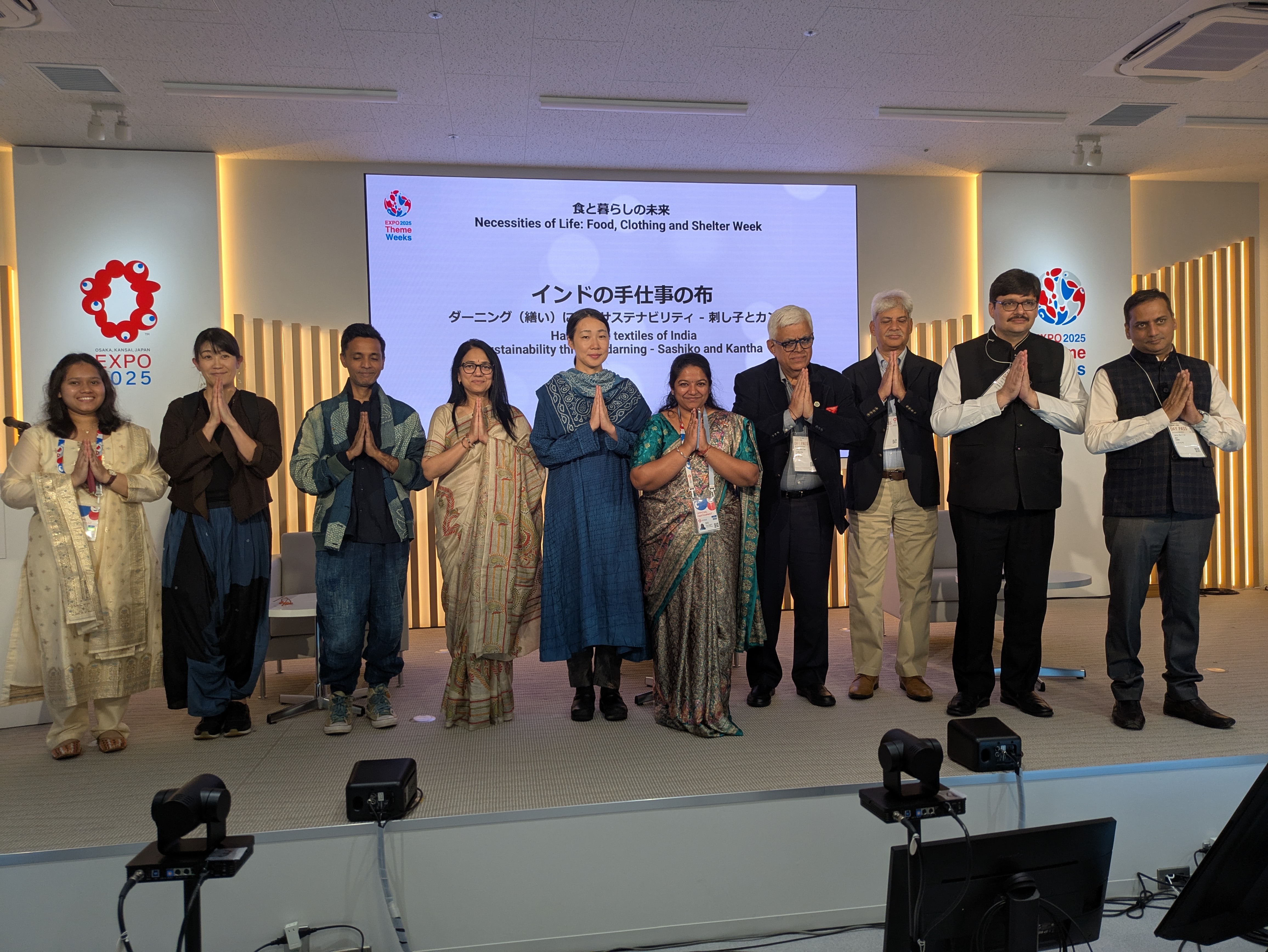
OTHER PROGRAM
Necessities of Life: Food, Clothing and Shelter Week


